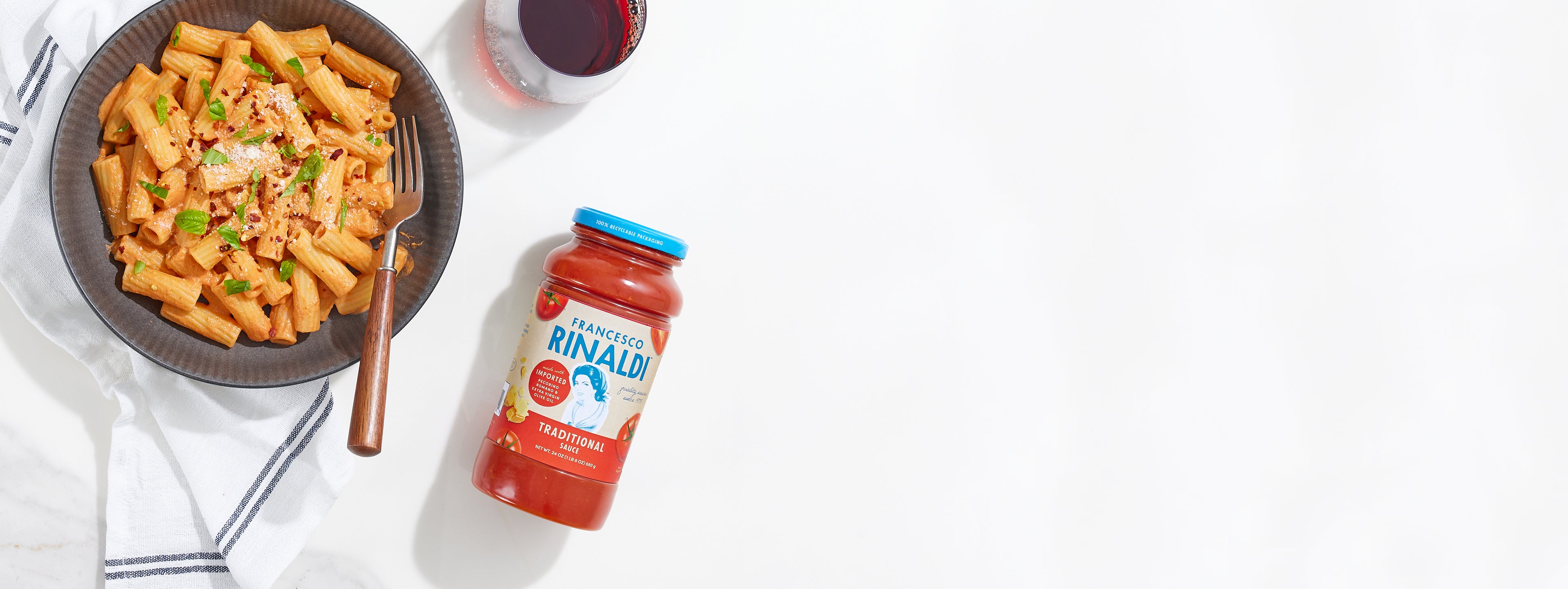This depends on the product and the storage conditions. We always recommend using the product before its "Best by Date" printed on the neck of the container. Checking the “Best by Date” helps to ensure that older jars are used first. If the product is not stored properly, the shelf life will be shortened.
We recommend that you store containers in a non-refrigerated, cool, dry place. Do not use the sauce if the safety button on the cap appears to be raised before opening, indicating that the jar’s vacuum seal has been broken.


